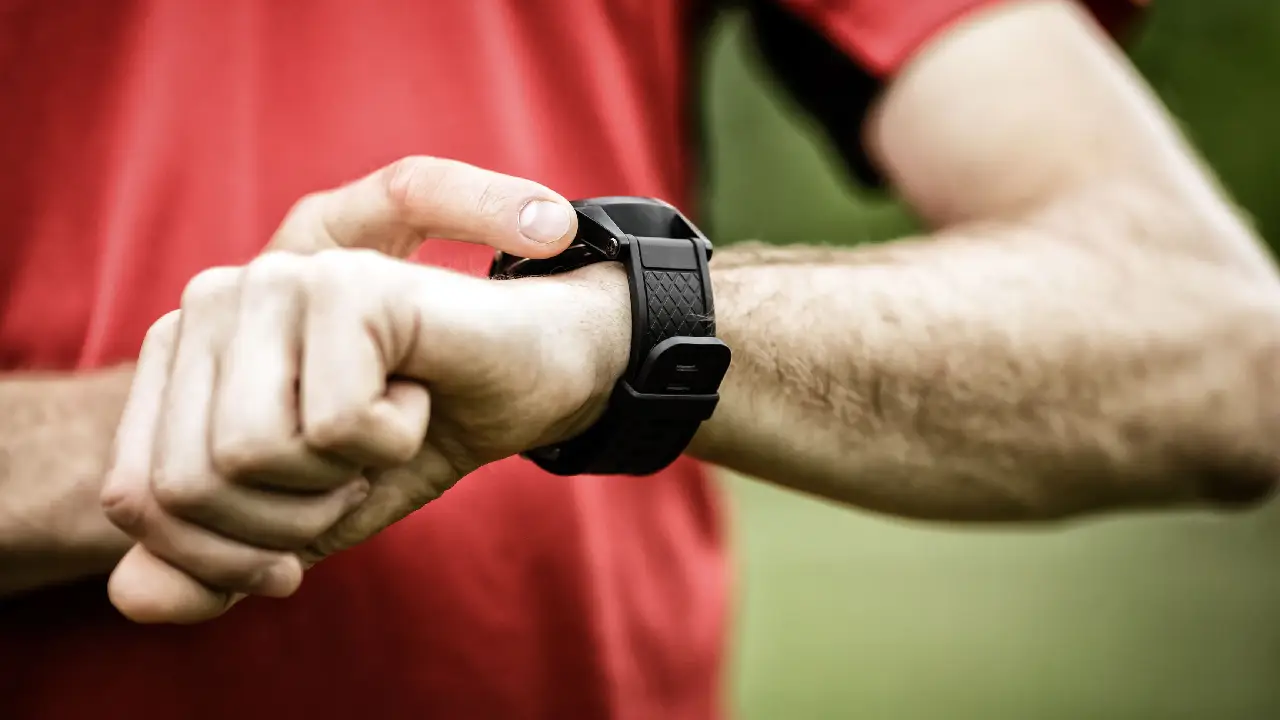In the battle against heart failure, technology has emerged as a powerful ally, offering innovative ways to manage this chronic condition and improve patients’ quality of life.
The integration of wearables and remote monitoring systems has revolutionized healthcare, providing healthcare professionals with real-time data and patients with personalized care.
Wearable Devices: Empowering Patients with Data
- Wearable devices, like smartwatches and fitness trackers, have gone beyond counting steps and monitoring heart rate.
- They now play a crucial role in heart failure management by continuously monitoring various health metrics, such as heart rate, blood pressure, oxygen saturation, and even detecting irregular heart rhythms like atrial fibrillation.
- These real-time data streams empower patients to be more proactive about their health, enabling them to spot potential issues early and seek medical attention promptly.
Remote Monitoring: Bridging the Gap in Healthcare
- Remote monitoring systems enable healthcare professionals to keep a close eye on heart failure patients without requiring them to visit a clinic regularly.
- These systems transmit data from wearable devices to healthcare providers, allowing them to track patients’ progress, adjust treatment plans, and intervene proactively when necessary.
- As a result, remote monitoring reduces hospital readmissions, improves patient compliance, and facilitates timely medical interventions.
References:
- Chaudhry, S. I., Mattera, J. A., Curtis, J. P., Spertus, J. A., Herrin, J., Lin, Z., … & Krumholz, H. M. (2010). Telemonitoring in patients with heart failure. New England Journal of Medicine, 363(24), 2301-2309.
- Marzegalli, M., Lunati, M., Landolina, M., Perego, G. B., Ricci, R. P., Guenzati, G., … & Curnis, A. (2013). Remote monitoring of CRT-ICD: The multicenter Italian CareLink evaluation–ease of use, acceptance, and organizational implications. Pacing and Clinical Electrophysiology, 36(1), 60-68.


